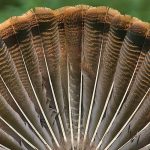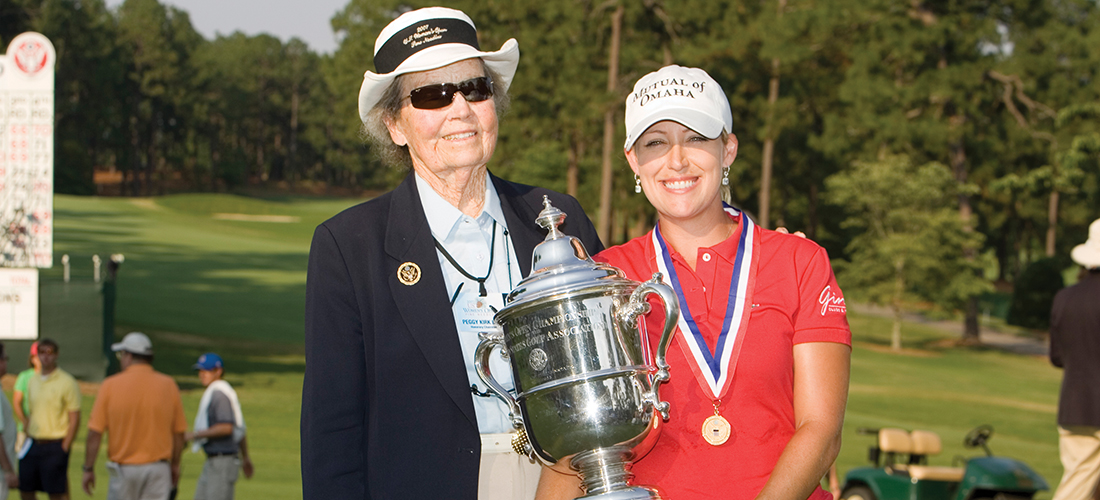
The history of women’s golf is embedded in the Sandhills
By Ron Sirak
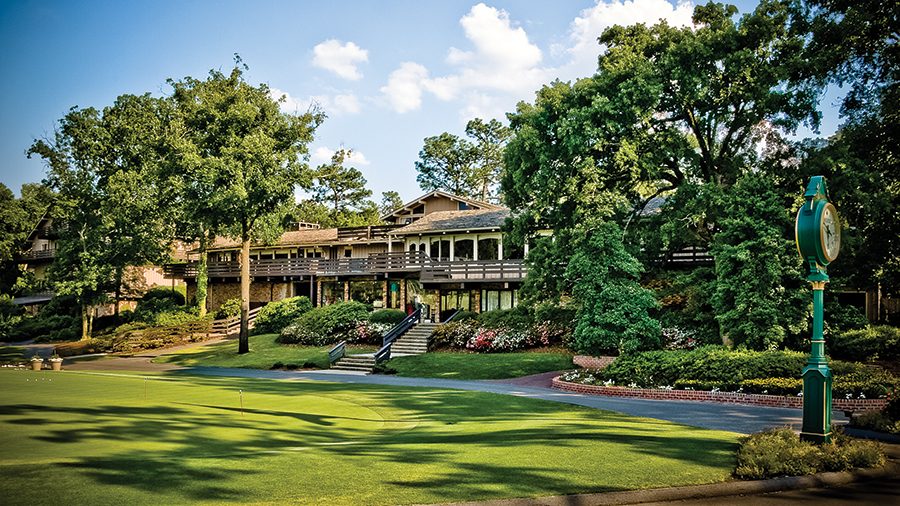
From its earliest days, the road for women’s professional golf has wound its way across the Sandhills of North Carolina, not as a regular stop but rather as a special place where special people commanded center stage. This year, for the fourth time, the Pine Needles Lodge and Golf Club in Southern Pines will be the site of the U.S. Women’s Open. And if the past is truly prelude, the Donald Ross masterpiece will have something special in store for 2022. The first three times the women’s championship of the USGA was at Pine Needles the winners were Annika Sorenstam, Karrie Webb and Cristie Kerr, a trio of LPGA royalty.
Sorenstam, with 72 wins, including 10 majors and three U.S. Women’s Open titles, and Webb, with 42 victories, seven majors including the U.S Women’s Open twice, are both in the World Golf Hall of Fame. They are also the last two who successfully defended the U.S. Women’s Open title, both sealing the double at Pine Needles. Kerr, with 20 victories and two majors, likely will join them in the Hall of Fame when she becomes age eligible.
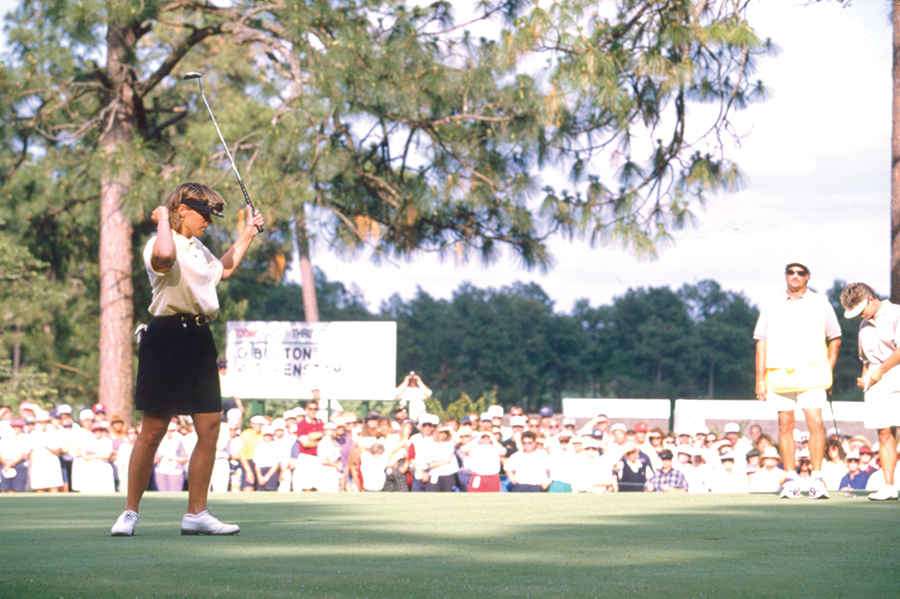
Who will be part of that rich tradition this year? Nelly Korda or Jin Young Ko, whose battle for the 2021 LPGA Player of the Year went down to the last tournament? Lydia Ko, who won 14 times before her 20th birthday and after a lull of several years seems to have rediscovered that form at the age of 25? Americans Danielle Kang or Lexi Thompson? Seven-time major winner Inbee Park from South Korea? Or Nasa Hataoka of Japan, who might be the best in the women’s game without a major? Will Yuka Saso of the Philippines join Sorenstam and Webb and successfully defend the title she won last year at The Olympic Club?
While the special place the Sandhills holds in the game of golf was dug out in large part by the shovel of the architectural genius Donald Ross, the bold vision and sheer determination of the Bell family contributed greatly in solidifying that legacy. Also enshrined in the World Golf Hall of Fame is Peggy Kirk Bell, regarded by many as the 14th founder of the LPGA Tour.
A pioneer as a player, an instructor and a businesswoman, Peggy and her husband, Warren “Bullet” Bell, purchased Pine Needles in 1954 and restored it to its former glory. She is as much a part of the history of Pine Needles as Ross and those who have won championships there.
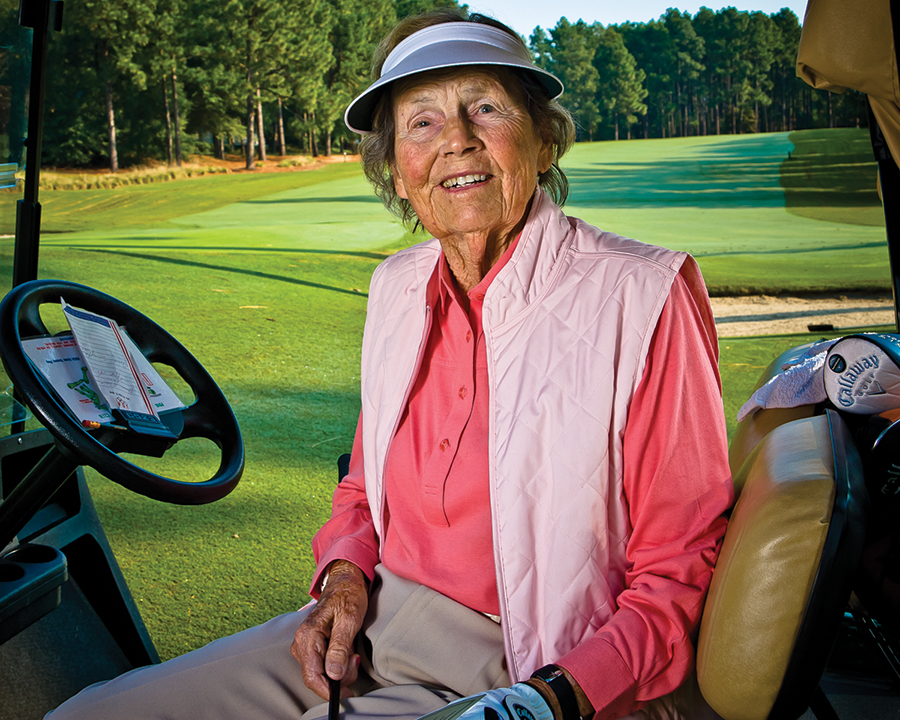
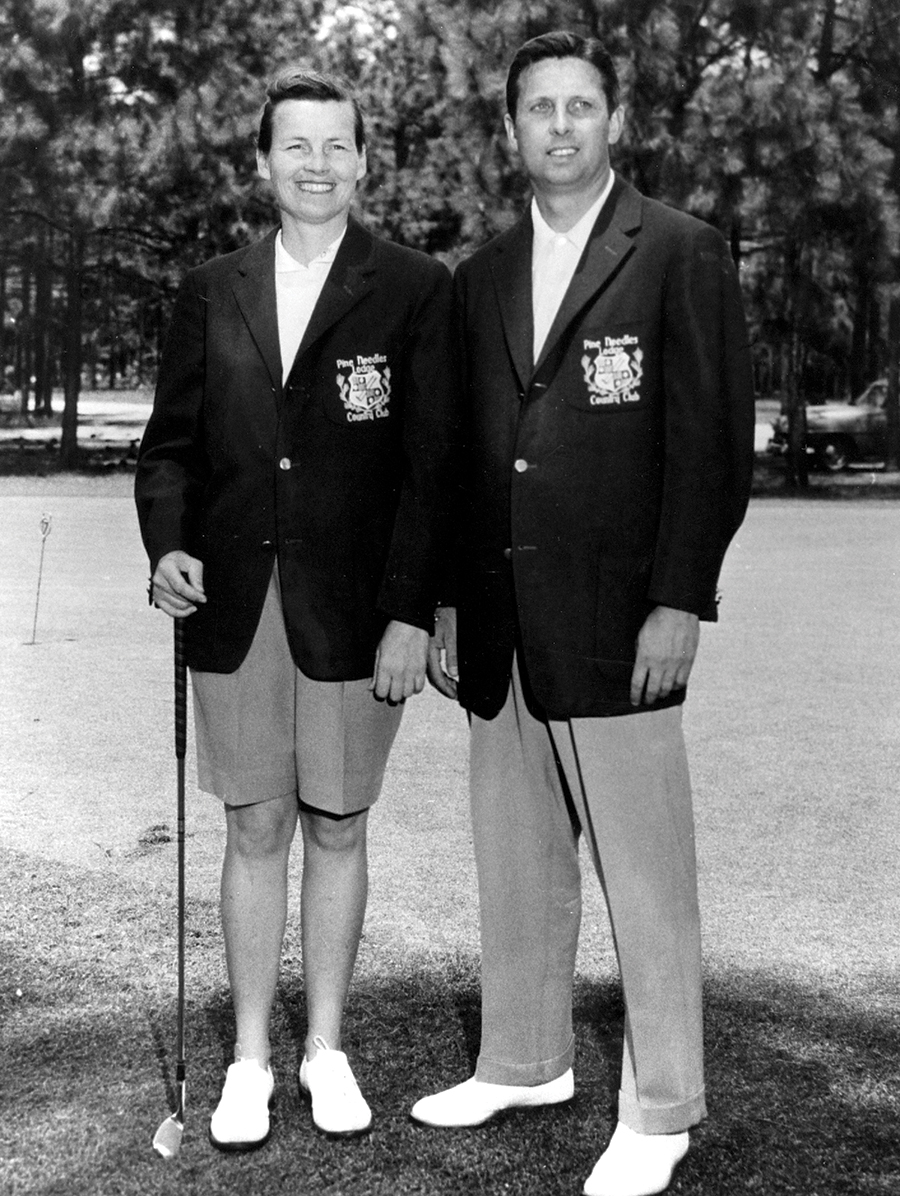
Bell, who died in Southern Pines in 2016 at the age of 95, was not one of the 13 women to sign the original LPGA charter, but she was there from the beginning, finishing runner-up in the eighth LPGA Tour event ever played, losing in the finals of the 1950 Women’s Western Open 5 and 3 to Babe Zaharias at Cherry Hills Country Club in Colorado.
Born in Findlay, Ohio, Bell started playing golf at age 17 and quickly won a number of titles. She played college golf at Rollins College and won the Ohio Women’s Amateur three times, and in 1949 took the Titleholders Championship and the North and South Women’s Amateur. She was also a member of the 1950 U.S. Curtis Cup team.
When the U.S. Senior Women’s Open was played at Pine Needles in 2019, one of those in the field was Sally Austin, a former women’s golf coach at the University of North Carolina and an instructor at Pine Needles who was uniquely positioned to assess the impact of Bell on the women’s game.
“It is so special and I’ll get emotional thinking about this and how much she would’ve loved being here for this and seeing her friends playing and some of her students, of which I was one,” Austin said. “When they brought the first Open here, she was super excited. I know she’s looking down and smiling, so glad that it’s here. This is her legacy, and this golf course and all that her family has done to keep this alive.”
Bell’s early presence in the women’s professional game previewed the role Southern Pines was to play in women’s golf. The first time the LPGA Tour visited here was the 1951 Sandhills Women’s Open at Southern Pines Country Club. Patty Berg won and Zaharias was second. In 1959, Joyce Ziske won the Howard Johnson Invitational at Mid Pines Golf Club.
The first women’s major in Southern Pines was at Pine Needles in 1972, when Sandra Palmer won the last Titleholders Championship by 10 strokes over Mickey Wright and Judy Rankin. Palmer, who’s now 79, won 19 times on the LPGA, adding the 1975 U.S. Women’s Open to the Titleholders as her major championships.
“Pine Needles will certainly go down as one of my finest feats,” says Palmer, whose one-under-par 283 was the only score in red numbers that week. “No one really knows what remarkable golf I played that week except the Bells. Bullet had the course set up from the back tees. It was hard.”
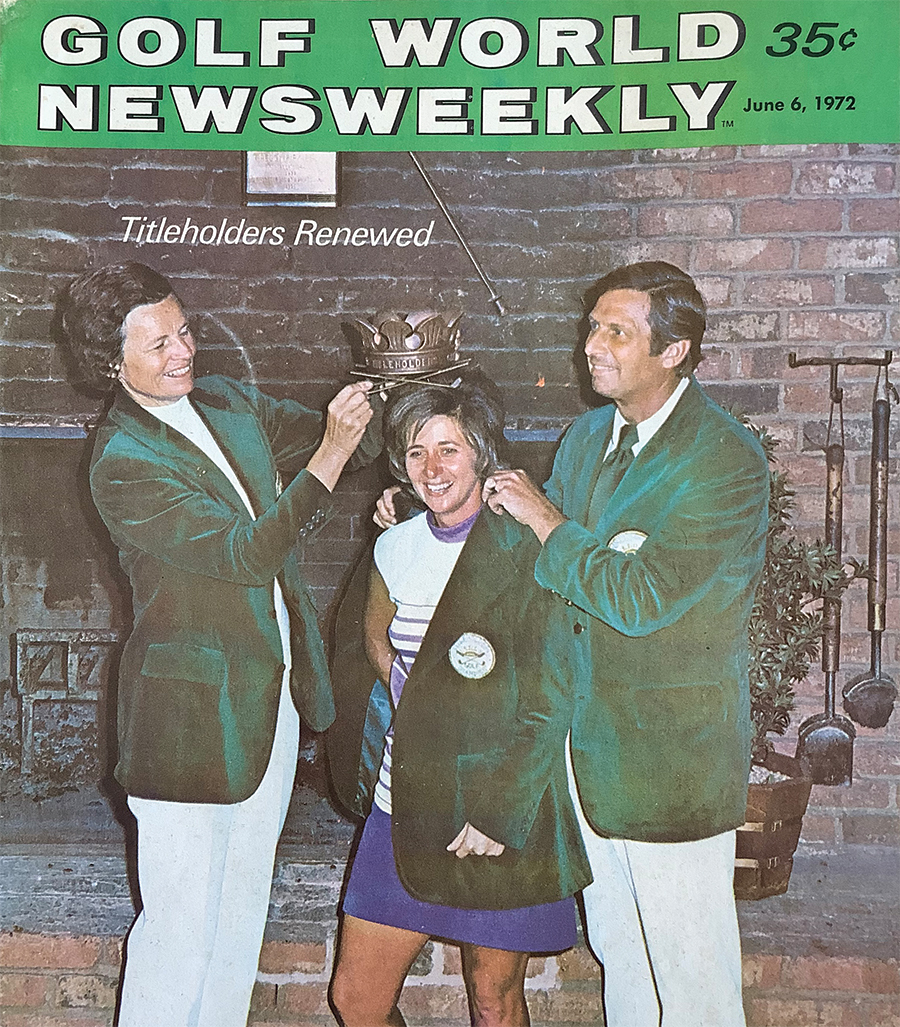
Dick Taylor, writing in Golf World magazine, gushed about both Palmer and Pine Needles, calling Palmer’s performance “one of the greatest showings seen on a genuine test of golf under valid conditions.” He likened the challenge of the Pine Needles set-up that week to that faced in a U.S. Open.
“If it is to be a major championship, a title bestowed by the thinking players and fans alike, then the course must be as dominant in the proceedings as the players,” Taylor wrote. “The 6,500-yard (and up) Donald Ross-designed Pine Needles Lodge and Golf Club in Southern Pines, N.C., superbly fit the bill to such a point you would have thought by the complaints it was the men’s U.S. Open.”
The LPGA returned to the Sandhills in 1995 when Rosie Jones edged Dottie Pepper in a playoff to win the Pinewild Women’s Championship at Pinewild Country Club of Pinehurst. Since then, major championship women’s professional golf has visited the area five times — and it has never disappointed.
In 1996, Sorenstam backed up her breakthrough triumph a year earlier at the Broadmoor Golf Club by successfully defending her U.S. Women’s Open title with a magnificent display of shotmaking, hitting 51 of 56 fairways at Pine Needles as she topped Kris Tschetter by six strokes. Sorenstam was on a mission that week to prove she was not a one-hit wonder.
“Majors are always full of pressure,” says Sorenstam, looking back more than a quarter-century. “Being the defending champion adds to the pressure. I wanted to make sure that winning at the Broadmoor was not a fluke and that I belonged in the major champion circle.”
Sorenstam not only proved she belonged, she established the foundation for her Hall of Fame career, attacking Pine Needles with the relentless consistency that became the Swede’s trademark. Her worst effort that week was an opening even-par 70, which she followed with rounds of 67, 69 and 66 to finish at eight-under-par 272.
“I was totally in the zone that week,” she says. “I was on autopilot. I had prepared very well, and I loved the course. Also, being a friend of Peggy Kirk Bell made it even more special. She has done so much for the game, especially for women. Peggy shouted ‘Heineken’ after my last putt dropped. That was her nickname for me since my amateur days.”
The next time the U.S. Women’s Open came to Pine Needles is the last time anyone has taken home the trophy in back-to-back years as Webb romped to an eight-stroke victory over another future Hall of Famer — Se Ri Pak. That 2001 U.S. Women’s Open was contested in the midst of an incredible run of dominance in the four major championships by four future Hall of Fame players.
From 1998 through 2003, 18 of the 24 majors were won by Sorenstam, Pak and Juli Inkster, who captured four majors each during that stretch, and Webb, who took a half-dozen of the grand slam titles in that six-year period.
In 2001 Sorenstam, Pak and Webb — who also won the LPGA Championship (now the KPMG Women’s PGA) — swept the four majors and the next year, those three plus Inkster each took home a major trophy. Webb, however, was simply overwhelming at Pine Needles in 2001, carving out rounds of 70, 65, 69 and 69 to finish at seven-under-par 273, eight strokes ahead of Pak.
“My first U.S. Women’s Open had been in ’96 at Pine Needles,” Webb says. “I loved the course then and knew coming into ’01 that it fit my game. That was possibly the only time in my major career that I came in playing well, and I went to the first tee on Thursday knowing and expecting to be there on Sunday with a chance to win. I’m not sure I’ve played a major from start to finish as well.”
Webb, who is among the most gifted ballstrikers in the history of the women’s game, loved the challenge presented by the course, which demands not only precise physical execution but also a disciplined and well thought out mental approach.
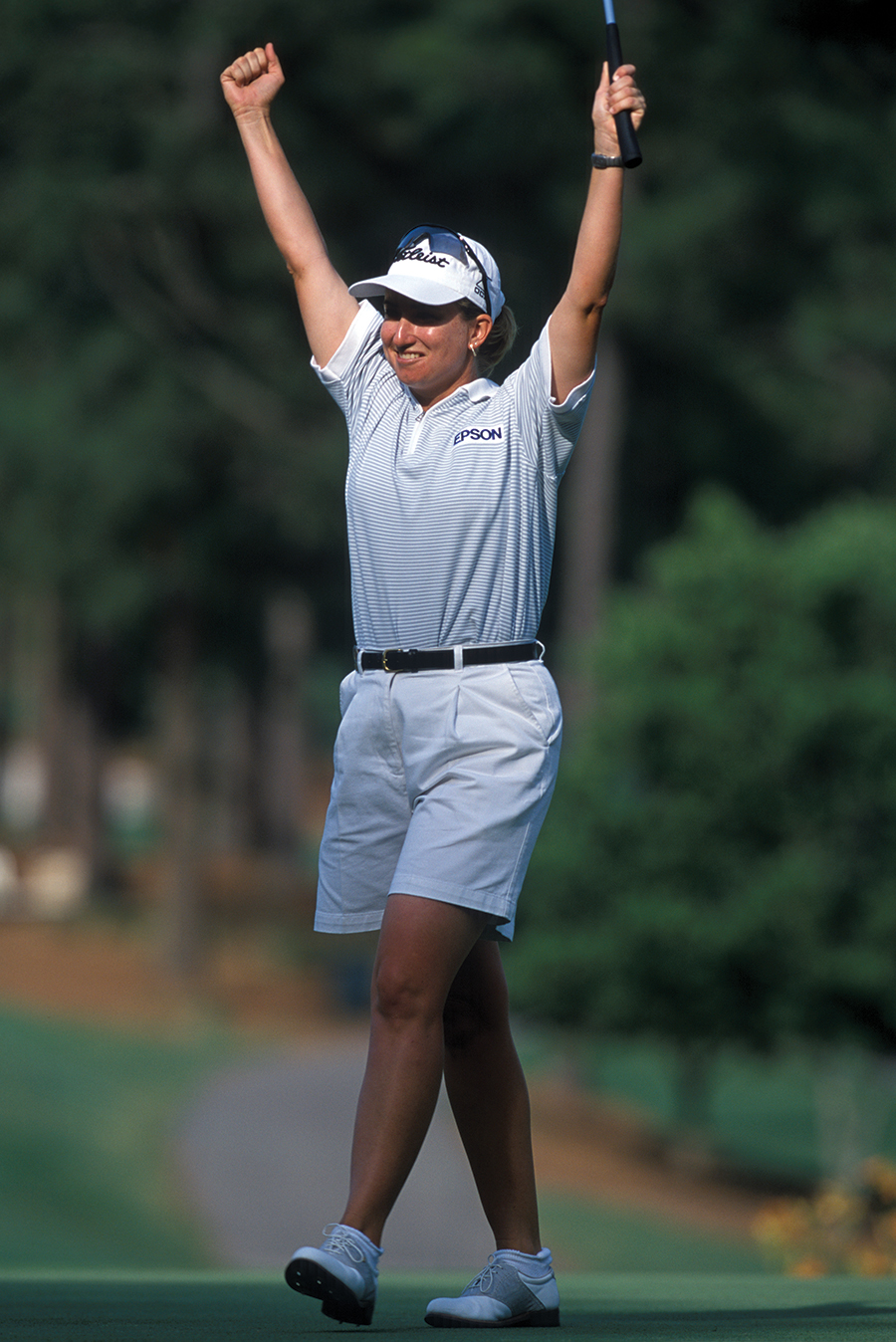
“Pine Needles is very much a second shot golf course,” Webb says. “It’s a true Donald Ross test in that way. Understanding where to hit in on the greens and where the slopes are that could feed the ball away from the hole or off the green completely is a big key. Being able to hit irons with the precision and distance control to certain spots on the greens is the key to playing well around there.”
Cristie Kerr tied for fourth place in that 2001 U.S. Women’s Open, and when she returned to Pine Needles in 2007 it was with the burden of being known as the best player on the LPGA Tour without a major championship title. She had nine career victories and had won eight of them over the three previous seasons, emerging as a contender to challenge Lorena Ochoa to succeed Sorenstam as the best player in the women’s game.
Kerr began slowly, opening with rounds of 71 and 72 on a layout that now played to a par-71. Then she put the hammer down in the third round, taking the lead with a 66 that began on Saturday and ended Sunday morning because of a rain delay. She took the lead for good with a birdie on No. 14 in the final round, then closed with four consecutive pars to better Ochoa and Angela Park by two strokes.
“I had won a bunch of tournaments but I had never won a major championship,” Kerr says about her mindset coming into Pine Needles in 2007. “My intention was to play myself into contention, and that’s exactly what I did. I got a lot of chances (in the third round) and my putter was hot. I was a freight train and nothing was going to stop me that week. I made a lot of 30-foot par saves.”
History was made in the Sandhills in 2014 when, for the first time, the U.S. Women’s Open and U.S. Open were held at the same venue in back-to-back weeks as Michelle Wie edged Stacy Lewis by two strokes at Pinehurst No. 2 for her only major championship a week after Martin Kaymer mastered No. 2 for an eight-stroke victory.
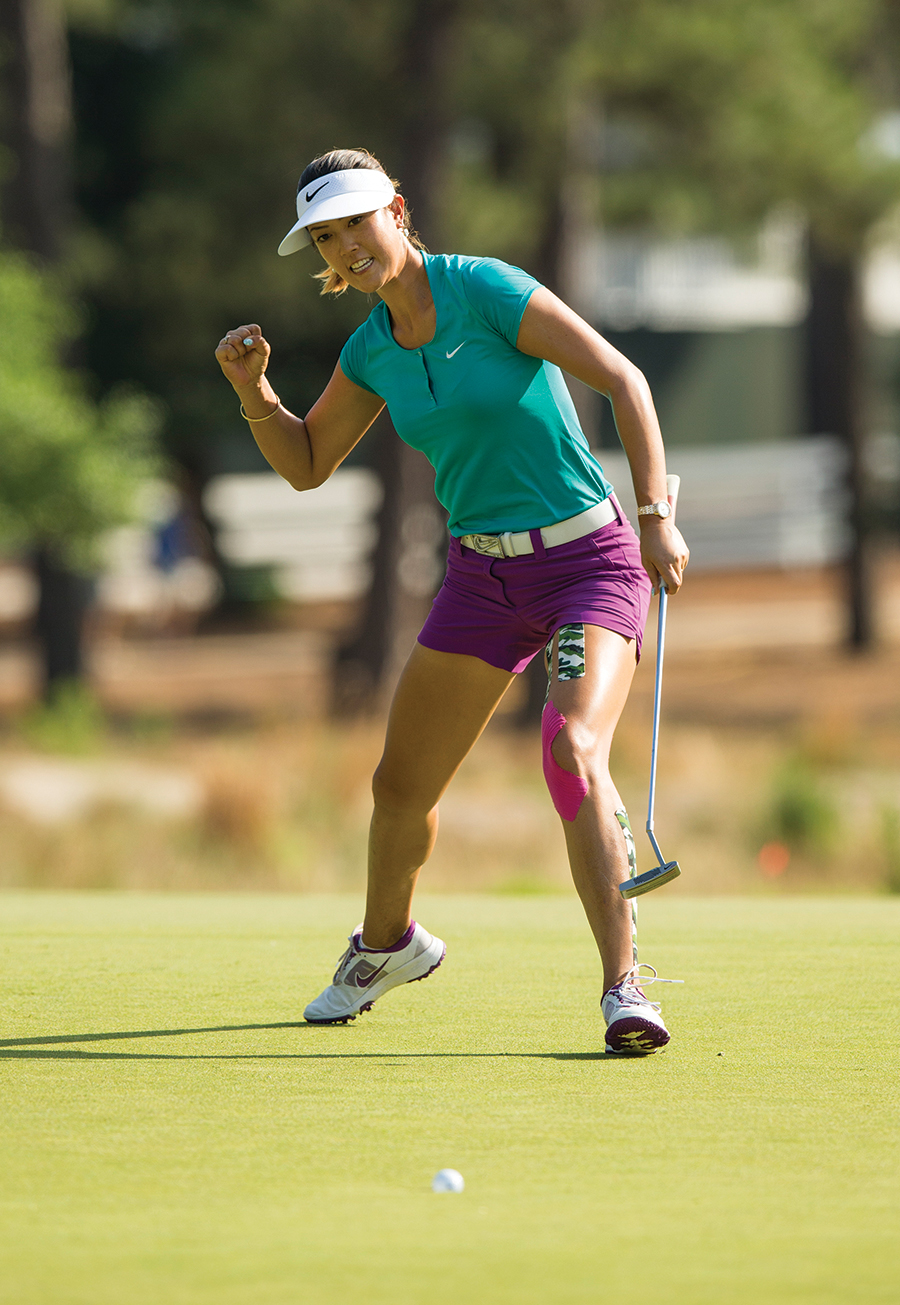
“One week changed my life,” Wie says. “That’s what the U.S. Women’s Open does. It creates opportunities for us to create life-changing moments. It’s not just one tournament. It’s a major that we look forward to, watching it when we were kids and playing on venues like we do. It means so much to me. That elevated visibility for our tour so much, and us being able to play on these top venues.” In 2029, the USGA will reprise the men’s and women’s back-to-back championships in Pinehurst.
And in 2019, the second-ever U.S. Senior Women’s Open was played at Pine Needles, following the event’s debut a year earlier at historic Chicago Golf Club, one of the five founding clubs of the USGA in 1894. Helen Alfredsson, who had her heart broken in the U.S. Women’s Open several times, won the U.S. Senior Women’s by two strokes over Inkster — yet another Hall of Fame member — and Trish Johnson.
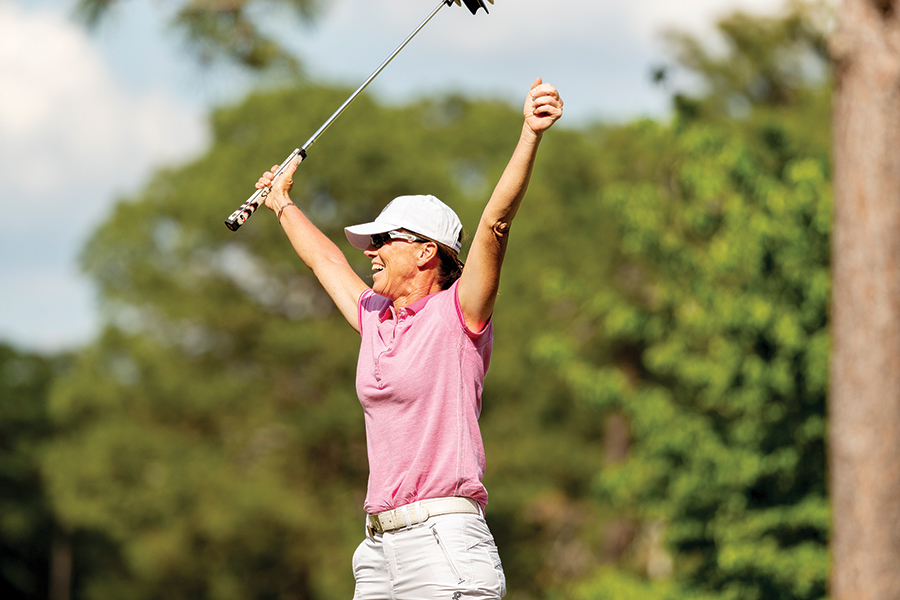
“I get goosebumps,” Alfredsson says about looking back on that victory. “The USGA events (are) the toughest events. It took everything and then some to win it. You had to have everything, all the ducks in a row, and you have to have putting, playing, ballstriking, and mentally because you know you’re going to make bogeys or even double bogeys, but you just have to keep going. I was very thrilled to also get it on a golf course like Pine Needles, which I thought was an amazing test.”
Just as the legacy of Donald Ross is burnished by the brilliance of Pine Needles, the enormous contributions of Peggy Kirk Bell and the Bell family to the game of golf are remembered each time a major championship returns to one of their properties. During the more than 60 years Peggy was the owner and head instructor at Pine Needles, she pioneered methods of teaching — especially to women — and infused students with her passion for the game.
Today, Pine Needles remains in the Bell family. Her daughters, Peggy Bell Miller and Bonnie Bell McGowan, are instructors, and her two sons-in-law, Kelly Miller and Pat McGowan, serve as Pine Needles’ president and director of instruction, respectively. Peggy has passed the torch to them.
When the 77th U.S. Women’s Open tees off on June 2, the quest will commence to see who takes the torch passed from Sorenstam to Webb to Kerr. The Sandhills of North Carolina serve as a cradle for golf in the United States. It is a place where the courses, as Dick Taylor said, are “as dominant as the players in the proceedings.”
Time and again, Pine Needles has shown that dominance. Now we find out which player is up to the challenge. Now we find out who will live up to the legacy of Ross and Bell as well as the standard of excellence established by Sorenstam, Webb and Kerr. Now it’s time to write the next page in the storied history of Sandhills golf. PS
Ron Sirak worked for The Associated Press for 18 years, followed by 18 years with Golf World and Golf Digest magazines. He is past president of the Golf Writers Association of America and recipient of the PGA of America Lifetime Achievement in Journalism Award; the LPGA Media Excellence Award; and the Metropolitan Golf Writers Association Lincoln Werden Award.


